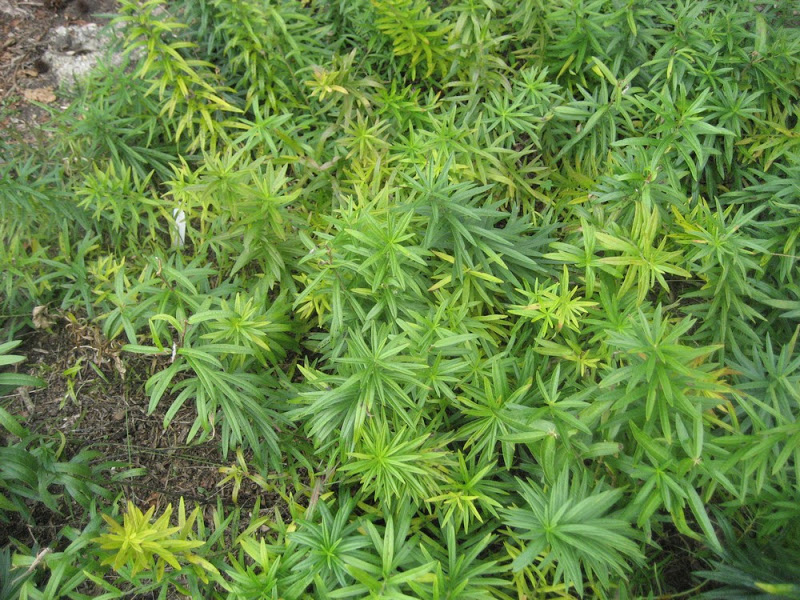This year is really my first at attempting it. I received a lot of seeds from the GRIN website. Most of these are shrubs (different dogwoods, nannyberry, ninebark, etc...). In the future I plan to go out every week or so on state land, as well as along a bike trail and look for seeds from flowers. My problem will be ID'ing them and then knowing which they were when it comes time to get the seeds. I find this kind of stuff fun, though. I also planted a bunch of natives from a nursery that grows everything from Michigan sourced seed. I plan to use those as seed sources in the next few years as well.
the big bluestem I got from another source in Michigan that also sources all of their seeds locally. I had to buy a pound of it (their smallest size), but it will last me for years. I know I planted a lot of switch in a recent NWSG seeding that I used an old pheasants forever mix. I'm hoping that I get a good mix of all the grasses, but if I only get the switch I'll have no problem using this seed to make some pockets of Big Blue. The switch I got from my neighbor's planting.
I'm really still experimenting with all of the different types. I find it cool/important to use local sources (mainly because I have the ability to do it). If given the choice, I'll use it. If I couldn't find anyone that sold that seed, I'd get it from a neighboring state.





